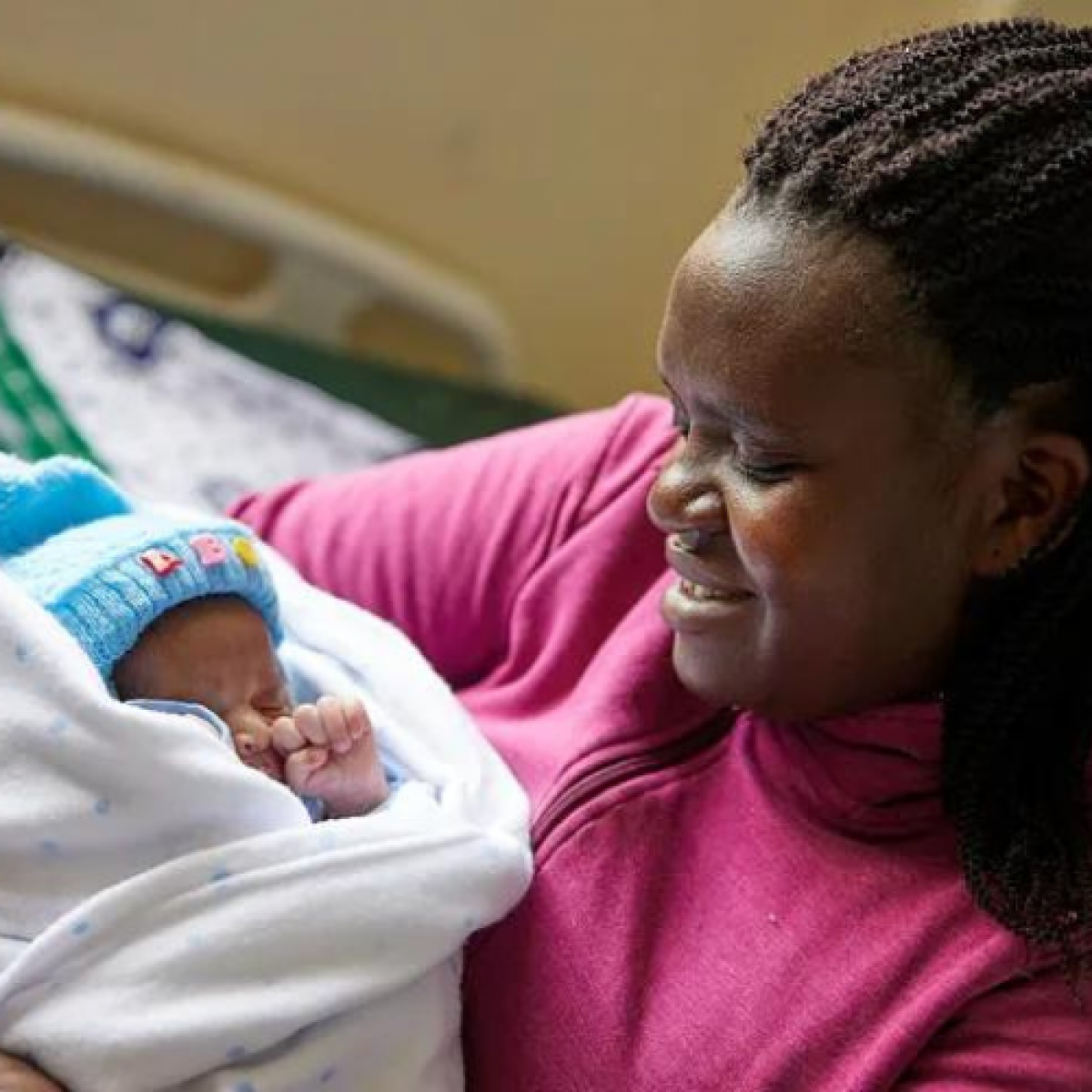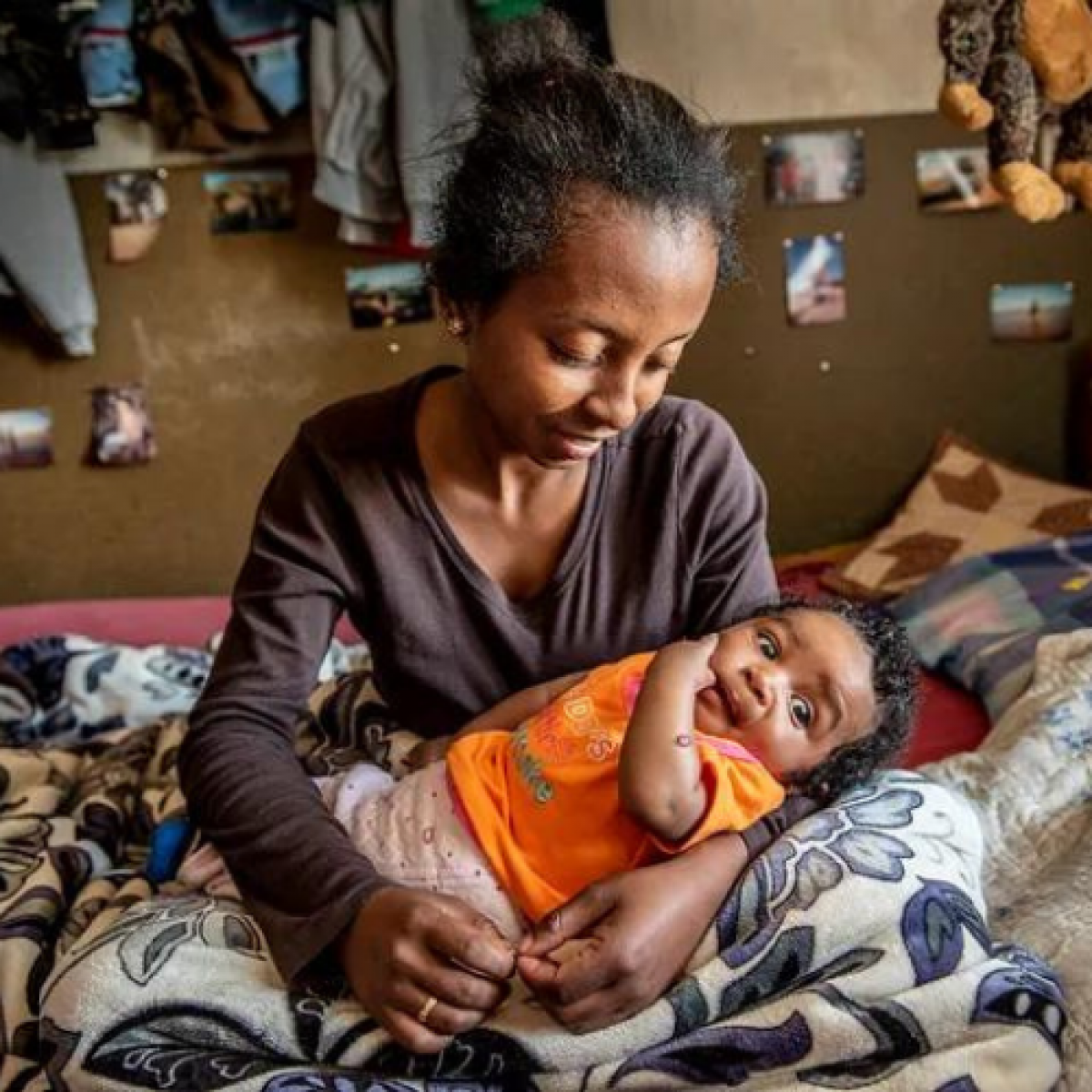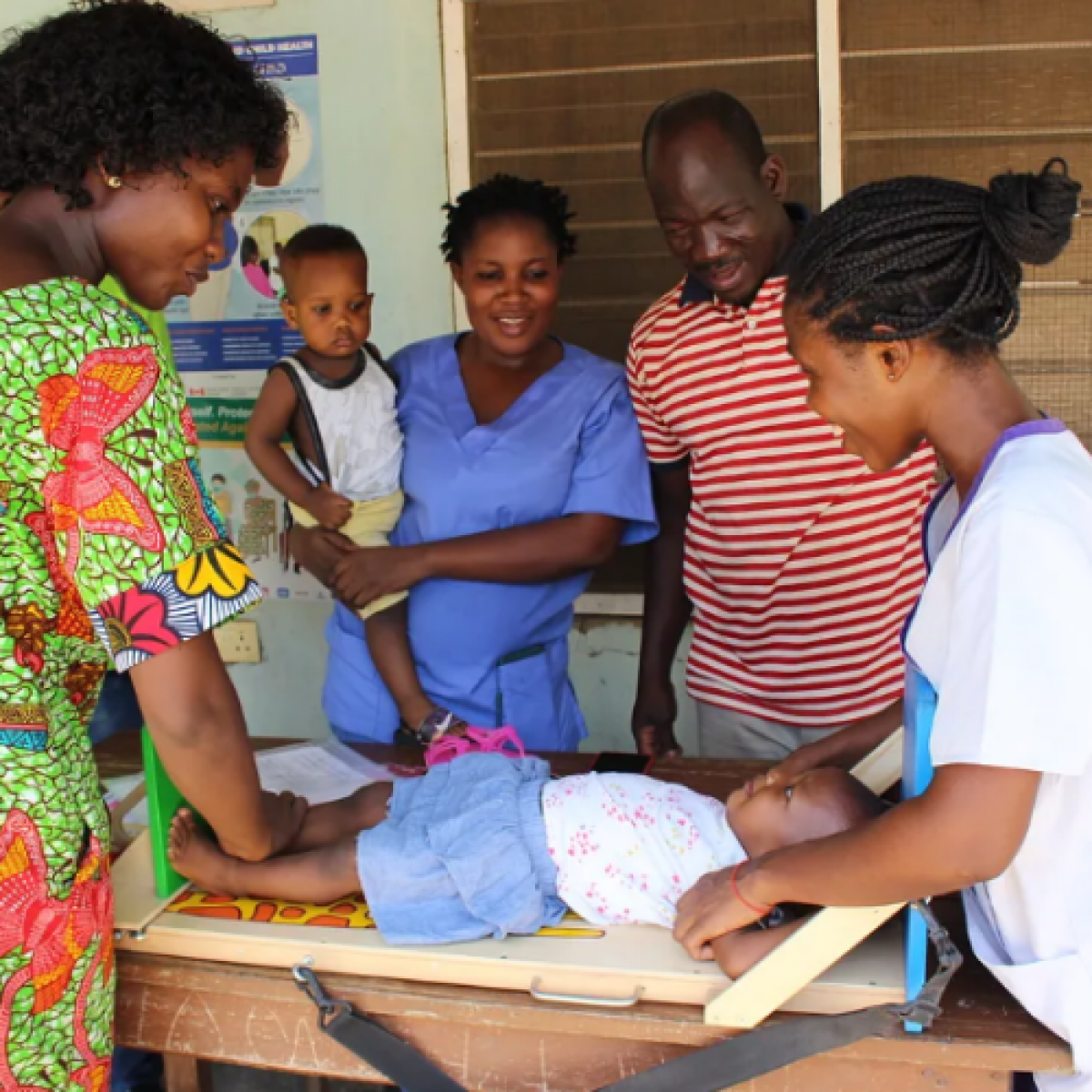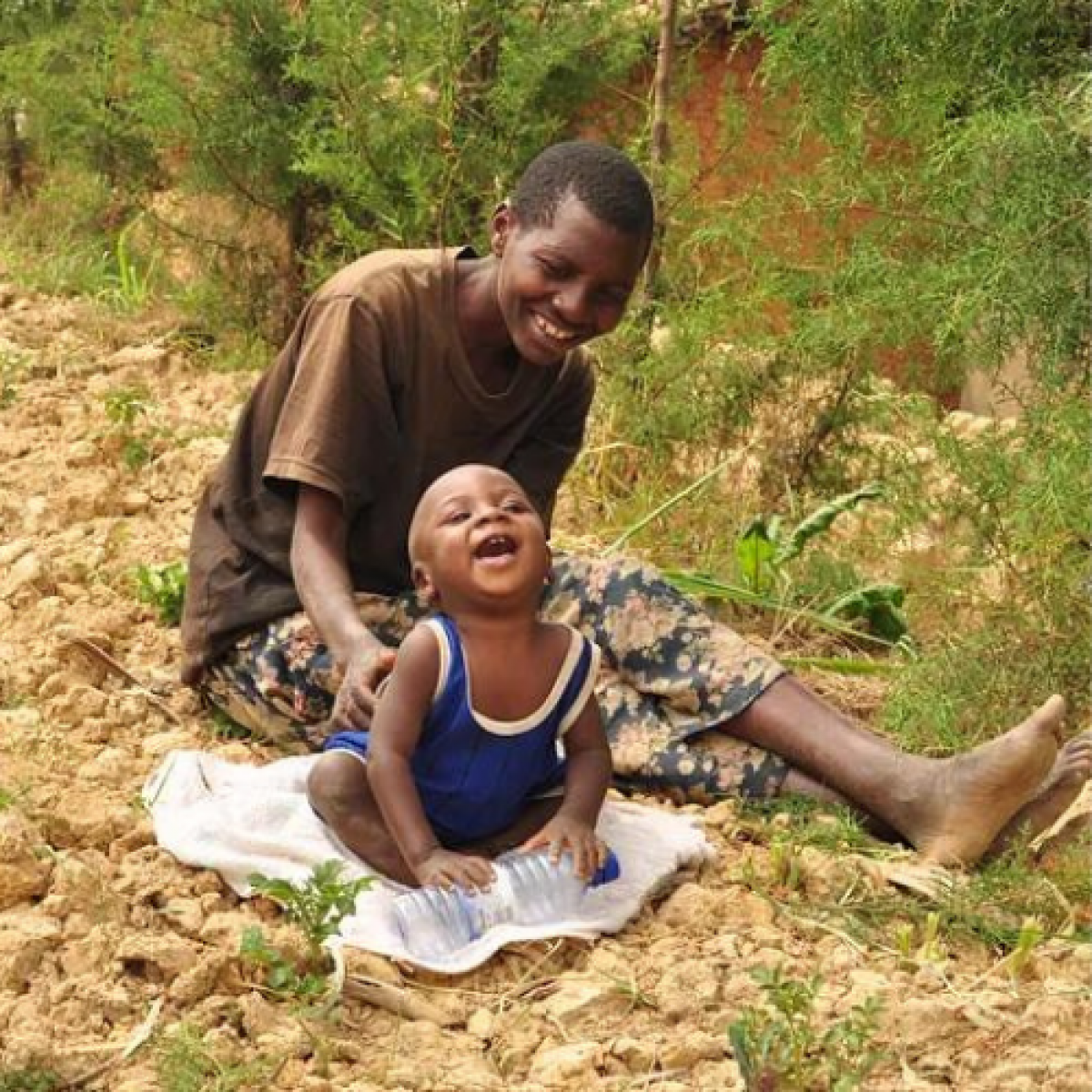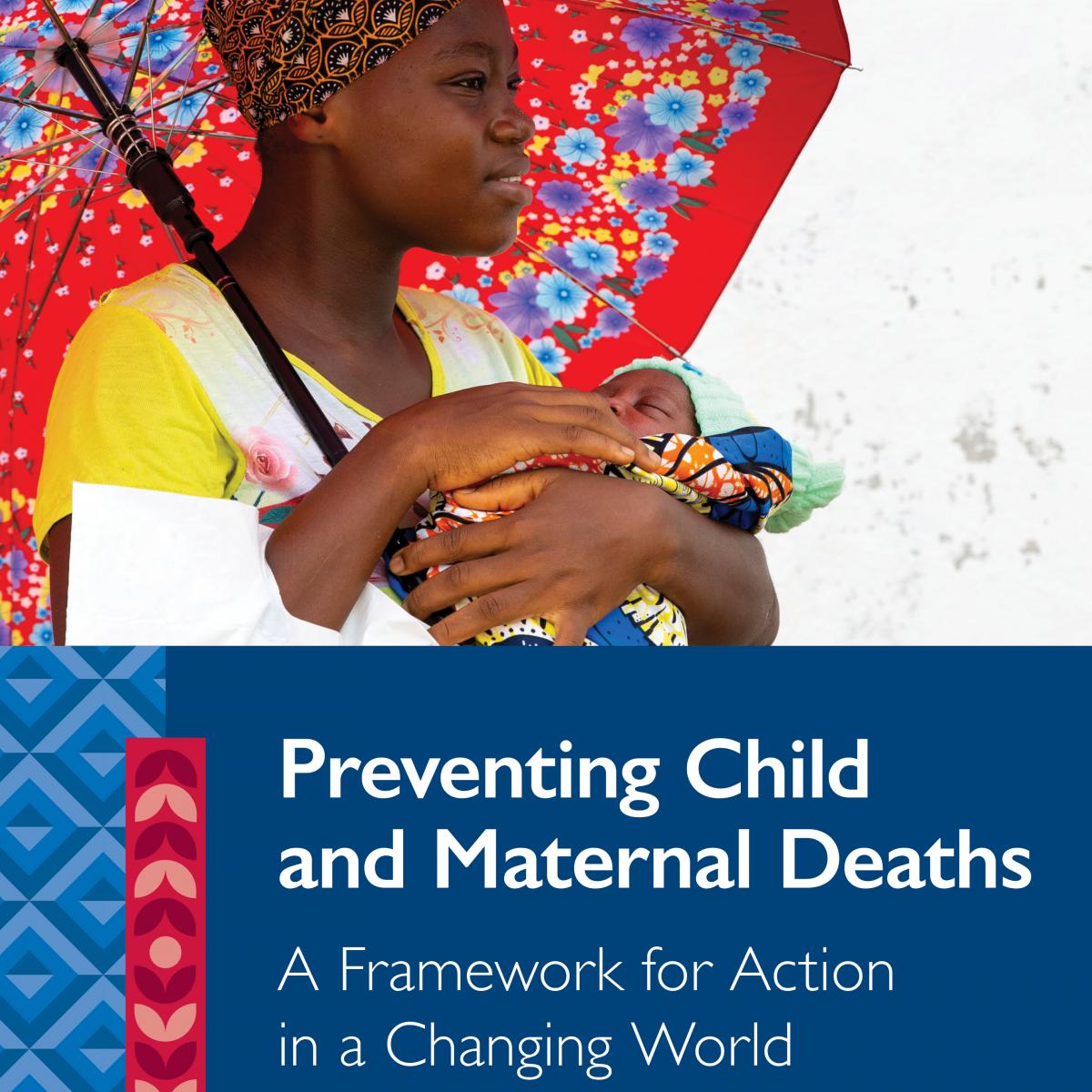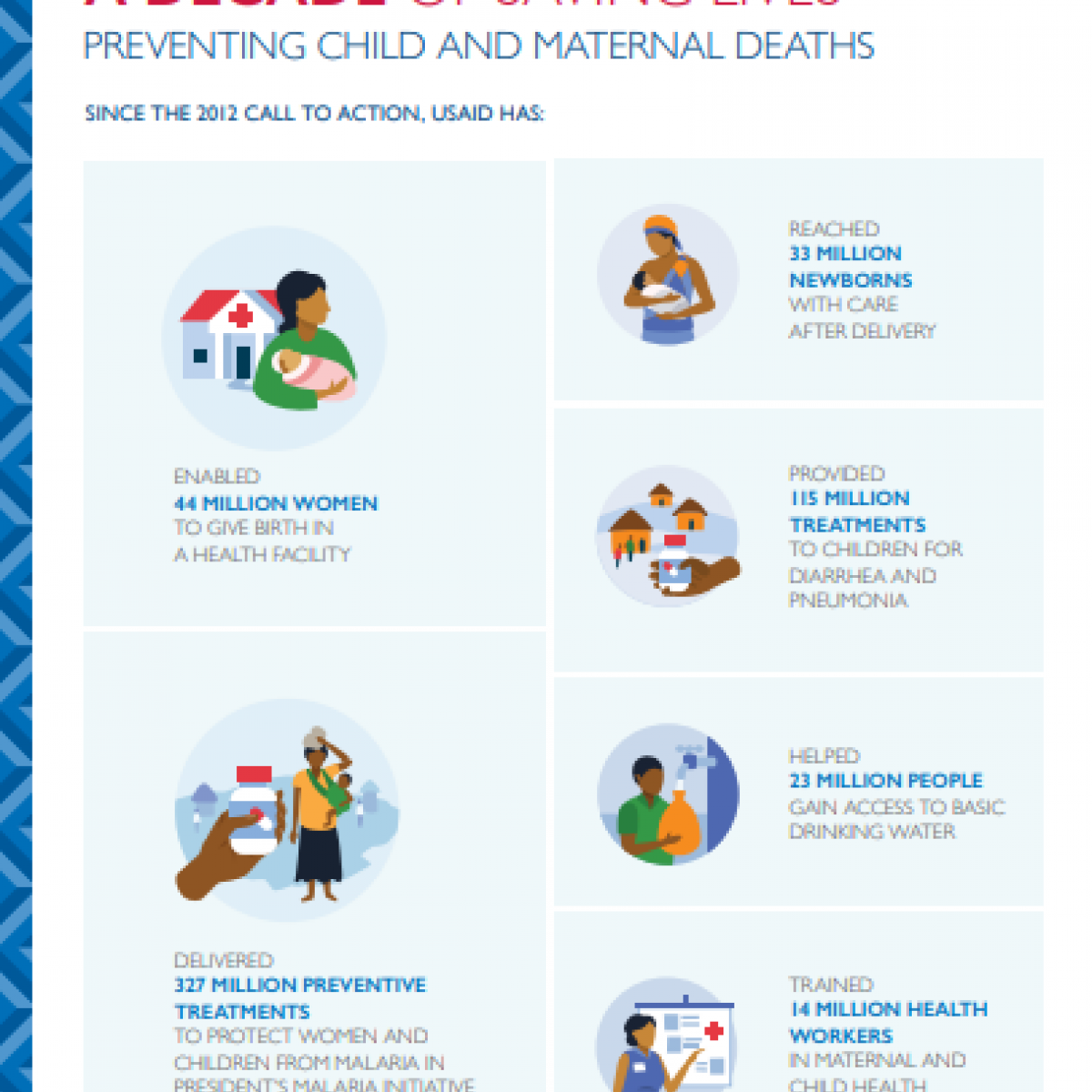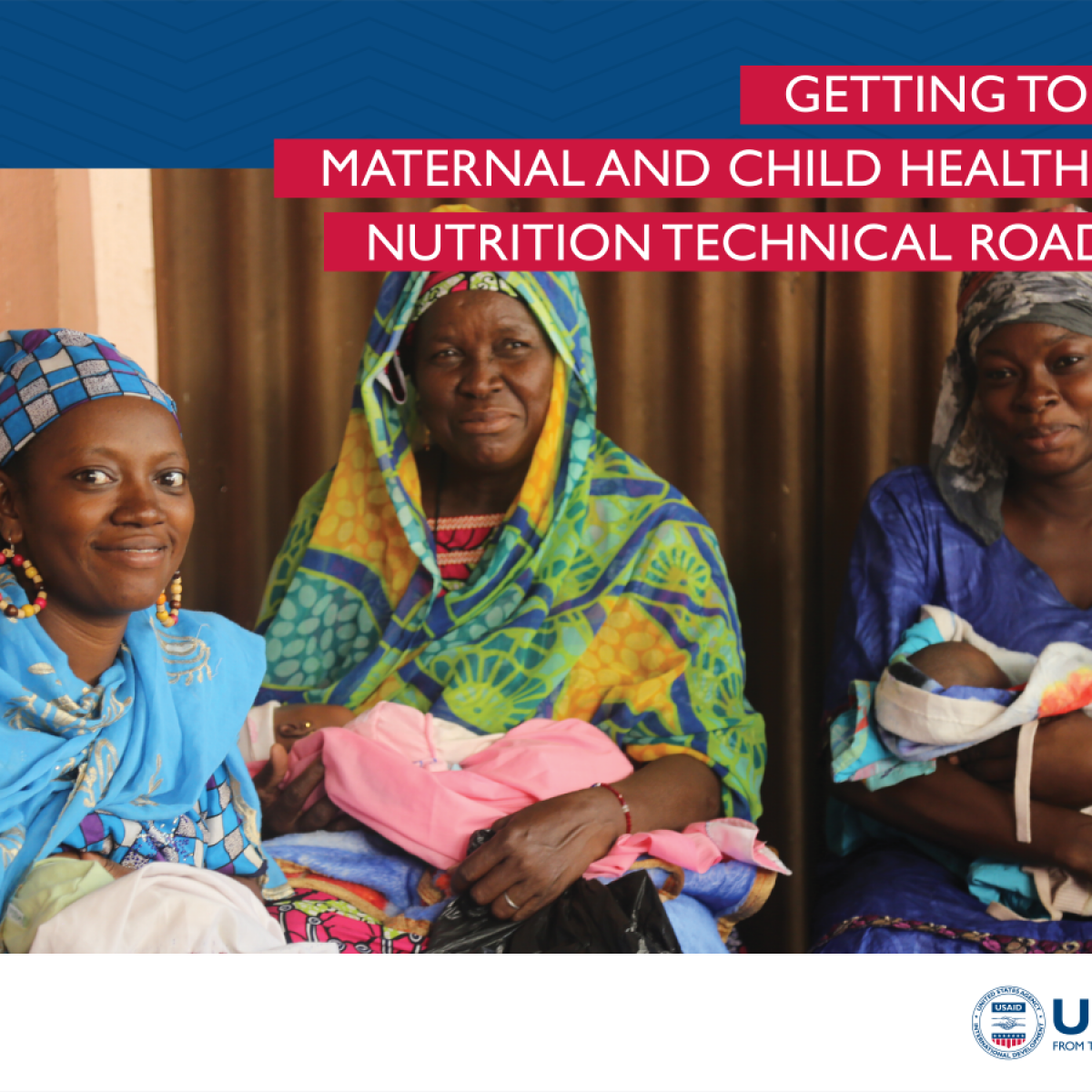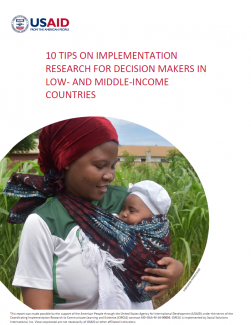Monitoring, Evaluation, Research & Learning
USAID supports countries to deliver evidence-based interventions and promising maternal and child health and nutrition practices. Our research identifies barriers and solutions to achieving coverage, equity, and quality of those interventions and key practices to prevent child and maternal deaths.
Efforts to increase the coverage, equity and quality of health interventions often do not fully achieve their intended results, especially in low- and middle-income settings facing complex challenges. This is why measuring results, reflecting on lessons learned, and adapting programs is critical to saving children’s and mothers’ lives. USAID uses lessons learned from each of our programs to design more effective, sustainable, and impactful programs in the future.
Our Approach
USAID supports research and learning in the following three categories:
COLLABORATING, LEARNING, ADAPTING
USAID is strategic in its collaboration with key partners in the countries it supports, and engages these partners in continuous learning—including practical research to overcome persistent barriers, and selection of the right tools—to design, manage, and sustain life saving maternal and child health and nutrition programs and reduce preventable deaths for women, newborns and children.
INNOVATIONS IN DATA COLLECTION, QUALITY AND USE
USAID strategically collaborates with key global and country partners to advance the health metrics learning agenda leading to better measures, better data, better decisions, and eventually better health. We focus our data efforts on measures and analysis of the following: child and maternal mortality; the coverage, equity and quality of evidence-based maternal and child health and nutrition interventions; and, barriers to achieving high levels of coverage, equity and quality of these interventions. Improved data sources and analytical approaches allow us to access and link data in innovative ways that foster programmatic insights and decisions for targeted, efficient, and effective programs. The evidence generated through these efforts supports global and country level dialogue and promotes cross-country learning.
CAPACITY BUILDING AND KNOWLEDGE MANAGEMENT
USAID builds the capacity of country partners to improve strategic planning, measurement, analysis, reporting, and knowledge translation for enhanced decision making. By building capacity to translate evidence into action, USAID is creating more sustainable programs to effect lasting change. Additionally, USAID’s knowledge management efforts support identification, learning, and dissemination around best practices, connecting global and country level evidence, cross-country dialogues and support for systematic knowledge sharing.
Where We Work
USAID’s monitoring, evaluation, research, and learning investments focus on supporting 25 countries that represent more than 66 percent of maternal and child deaths.
Programs and Partnerships
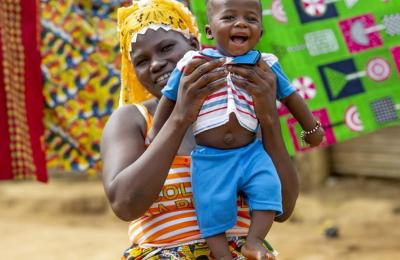
MOMENTUM
MOMENTUM—Moving Integrated, Quality Maternal, Newborn, and Child Health and Family Planning and Reproductive Health Services to Scale—is a suite of projects that works in partnership with countries to scale up health interventions and improve the overall health and well-being of mothers, children, families, and communities.
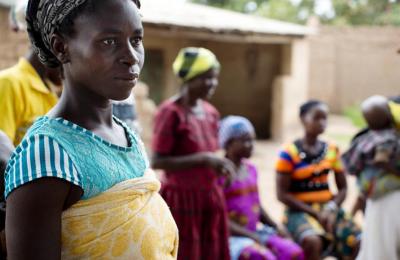
Breakthrough ACTION
Breakthrough ACTION ignites collective action and encourages people to adopt healthier behaviors—from using modern contraceptive methods and sleeping under bed nets to improved complementary feeding—by forging, testing, and scaling up new and hybrid approaches to social and behavior change.
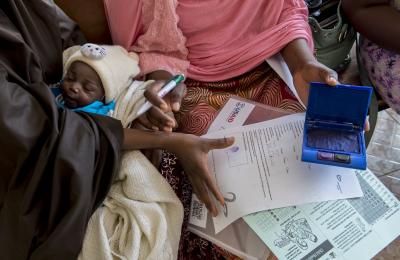
Health Evaluation and Applied Research Development
The Health Evaluation and Applied Research Development (HEARD) Project works to leverage a global partnership to generate, synthesize, and use evidence to improve policy and program implementation in low and middle-income countries. The HEARD Project undertakes research to accelerate progress towards achieving USAID’s global health and development goals, including preventing child and maternal deaths, controlling the HIV epidemic, and protecting communities from infectious diseases.
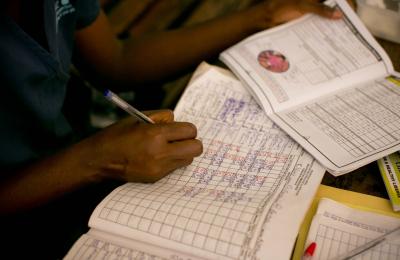
The Demographic Health Surveys Program
For over 30 years, USAID has pioneered The Demographic and Health Surveys (DHS) Program. The DHS Program provides technical assistance for the implementation of more than 320 household- and facility-based surveys in 90 countries across the world. Data collected by the DHS Program allows USAID to monitor trends across health program areas and set priorities for funding, interventions, and policy changes.
Success Stories
News and Resources
Subscribe to our mailing list for regular updates
Our quarterly e-newsletter highlights updates on USAID's maternal and child survival programs around the world.


